Feeding your pet is more than just filling a bowl—it’s about giving them the right fuel for a healthy, happy life. Whether you’re a first-time pet parent or looking to switch diets, choosing the right food can be overwhelming. Let’s break it down step by step so you can make an informed, loving choice for your furry companion.
Understand Your Pet’s Life Stage
Pets have different nutritional needs based on their age and growth stage:
Puppies and kittens need high-calorie, protein-rich food for growth and development.
Adult pets benefit from a balanced diet that maintains energy without excess weight.
Senior pets may require lower-calorie food with joint-support ingredients.
Always check the label for life-stage recommendations!
Consider Breed & Size
Small breeds often need calorie-dense food in smaller portions, while large breeds may need food that supports joint health and slower growth to avoid developmental issues. Breed-specific food is available for both dogs and cats—tailored for their unique metabolism and body structure.
Look for Complete & Balanced Labels
A high-quality pet food should meet the AAFCO (Association of American Feed Control Officials) standards. Look for phrases like “complete and balanced” on the packaging.
Be Mindful of Ingredients
Here’s what to aim for (and what to avoid):
Look for:
Real meat or fish as the first ingredient
Whole grains or healthy carbs like brown rice
Omega-3 & 6 fatty acids (for skin and coat health)
Added vitamins & probiotics
Avoid:
Artificial colors or preservatives
Corn, wheat, or soy as fillers
By-products and unidentified “meat meals”
Special Diets & Allergies
Some pets have food sensitivities or medical conditions requiring special diets. Your vet may recommend:
Grain-free or hypoallergenic food
Limited ingredient diets (LID)
Prescription formulas for issues like kidney or urinary health
Always consult your vet before switching to specialized diets.
Wet vs Dry Food: What’s Better?
Dry food (kibble) is cost-effective, has a long shelf life, and supports dental health.
Wet food is hydrating and more palatable—especially good for picky eaters or older pets.
A mix of both can provide nutritional variety and texture.
Portion Control & Feeding Schedule
Even the best food won’t help if overfed. Follow recommended feeding guidelines based on your pet’s weight and activity level. Establish a consistent feeding routine to support digestion and behavior.
Final Thoughts
Feeding your pet the right food isn’t about fancy labels—it’s about quality, suitability, and love. Take time to read ingredient lists, monitor your pet’s health, and consult your vet when in doubt. A well-fed pet is a happy pet!
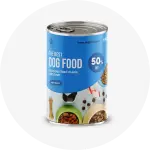
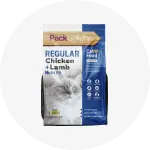
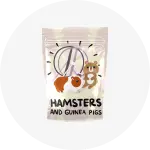

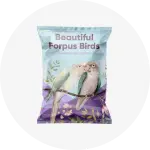
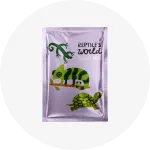
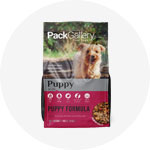
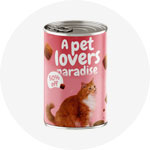
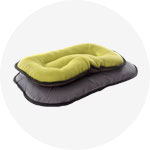

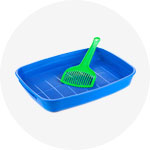
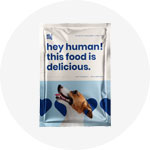
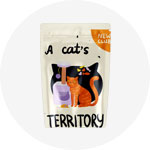
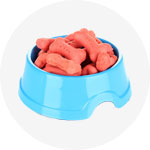
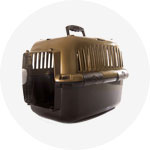






Jørgen J. Hansen
Aenean volutpat nisl id lorem posuere pretium. Nam scelerisque commodo congue. Proin eu ornare dui. Ut molestie est tellus, vitae iaculis erat iaculis a. Nulla non gravida leo. Nulla consectetur elit quam, vel suscipit tellus pellentesque sed.
Jørgen J. Hansen
Fusce consectetur mauris at eros feugiat, ut luctus arcu maximus. Etiam ac risus volutpat, convallis odio quis, hendrerit quam. Nulla gravida augue nec fringilla rhoncus. Praesent consectetur sed ligula eu luctus. Etiam eget eros ut ex tincidunt ultricies ut ut tortor.